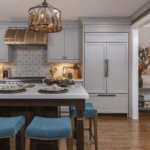
“Charging what you are worth” is dangerous magical thinking
We love it when you share!
Whoa. I hope this does not upset half of the design community! But hold on a second before you kick me to the curb. Of course, anyone in any consulting field should charge what they are worth- My issue with this is determining “worth”. It is subjective. Too often the focus is on the kumbayah feel good aspect of telling you what you want to hear- that the idea of how to determine worth is being lost because one size does not fit all.
What is magical thinking?
It is drawing conclusions that are based on a person’s desire for what reality should be, not necessarily upon what reality actually is. (or constant worrying about your worth more than what you are doing to earn it or how you are projecting yourself and brand out into the marketplace )I see this so much lately and even within my own team sometimes. Magical thinking cannot determine your worth. In other words there must be a value proposition before setting fees.
Charge what you are worth- what the hell does this mean anyway?
Assuming it means value your time, expertise and experience- ok. I got that. We ain’t cheap I can tell you. But where do new designers get this value determination? Some come out of school or another career and immediately start charging 150.00 an hour – with little to nothing to back this up- and then wonder why they cannot find clients or why they are being shopped or having issues with subs or any of the number of other problems presented in messages, posts in groups or market conversations and round tables. If one can command pricing right out of the gate like this, my hat is off to you. But all too often I think there is just not enough experience to do so and I feel badly for designers who are encouraged to charge more that then lose out on good opportunities.
What happened to doing what you need to do to gain the experience you need to elevate your value proposition?
If anyone follows Gary V, you know he ascribes to doing it and being prepared to work harder and longer than you ever have before for people wanting to crush it. And- to provide real value to those you want to influence- clients presumably. So when new designers are told over and over again to walk away from some jobs that maybe are not perfect, or are not delivering quite what they think they are “worth” or in some cases because a client is texting them after hours. Zomg. The well meaning advice is sometimes overwhelmingly things like this- walk away from the experience that is going to make you a better designer and business owner.
In my world this is called determination to succeed regardless of obstacles not a “bad project”. Sometimes I wonder if the well meaning advice is all that well meaning too- and if those same people actually are really walking the talk- or not. We cannot sell ourselves short but the focus should initially be on developing your “A “game and being able to do whatever it takes to get there.
So how do you determine your worth anyway?
Assess your services and experience. Survey the market including the demand for what you can deliver. Choose a pricing structure that reflects the combination of skill set, experience and what your market can bear. That doesn’t mean lowball, the market bears a variety of prices based on the value of the offering — the better and more experienced the offering, the higher the value and price.
Charging what you are worth is predicated on being creative problem solvers that make magic happen. Experience counts too but even new designers can hone creative thinking into workable design.
You want to be successful?
Learn how to really understand elements of design, execution and the creative process first. Do what you need to do to gain valuable experience so you can build your portfolio and base of experience. Hey if you can get paid in the process- you are a winner. But gaining experience and learning how to operate a business is essential– no matter what.
Be passionate about the puzzle
We are passionate about the puzzle- and that is how we look at most projects. It inspires problem solving and collaboration for a win/win which is how we want to think all of our projects should be. This is our value proposition in a nut shell.
Creative thinking
Learning to think creatively-inspiring one’s own design aesthetics- being knowledgeable about construction processes and driven by an unwavering passion to discover the pieces to the puzzle – this is what makes you a damned good designer.
System based approaches are there to corral the creative in you but they do not substitute for the rest and a designer they do not make- simply an agreeable follower.
Make the magic happen
I know this will be shocking and maybe even unpopular amongst some designers or decorators but it needs to be said. I love this industry and want all to achieve success but never going to say “charge what you are worth” until the creative problem solving visionary mechanics are firmly rooted into place.
That is what clients are paying us for- otherwise they can go to a “Suzie shopper” or “Mary maker of mood boards” to deliver what the masses may think is good design.
For $99 bucks and a free cup of coffee. Ouch.
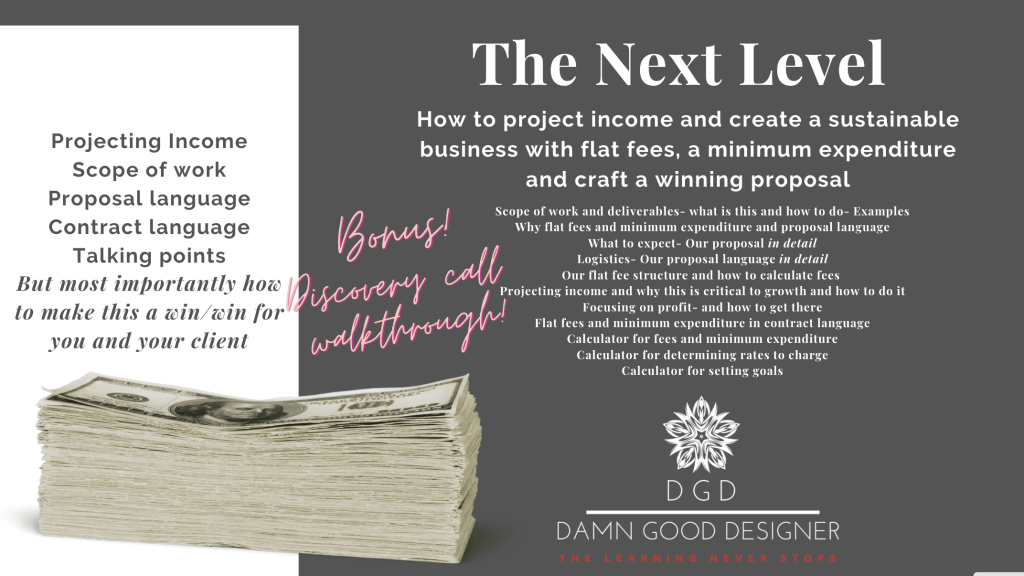
Click here to learn more about the Flat Fee and Minimum Expenditure Guide! Learn how to project income and create a sustainable business with this amazing guide.
Categories
- bathroom design tips
- building new home
- Business
- Closets
- Color In Detail- All about color in design!
- Countertops
- Design Disasters
- Design tips
- Designer Drama-Stories from behind the scenes
- Details
- DGD- Business Truths! A blog.
- electrical
- Entertaining in Detail- The party is here!
- Featured
- Funny Design Stories
- Furniture
- general remodeling and building
- Great Materials
- Healthy Kitchens
- In Detail Says-Telling it like it is!
- Interior design
- Just cool stuff
- Kitchen
- kitchen design
- kitchen design tips
- Lifestyle
- lighting
- Natural stone
- Paint Tips
- plumbing fixtures
- Project Studies
- Shelving
- small baths
- Small Business Think Big- For Interior Designers and Decorators
- small kitchen design
- The Bath Designer- Insights on function, design and remodeling
- Tile
- Uncategorized
- Unique kitchens
- Vintage
- wall ideas
- wonderful ideas


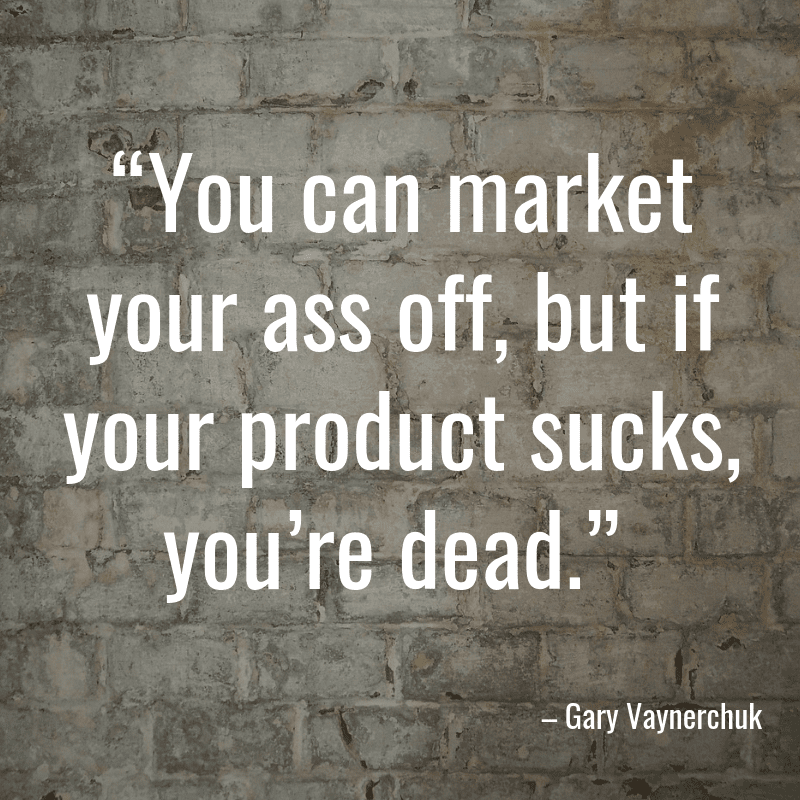
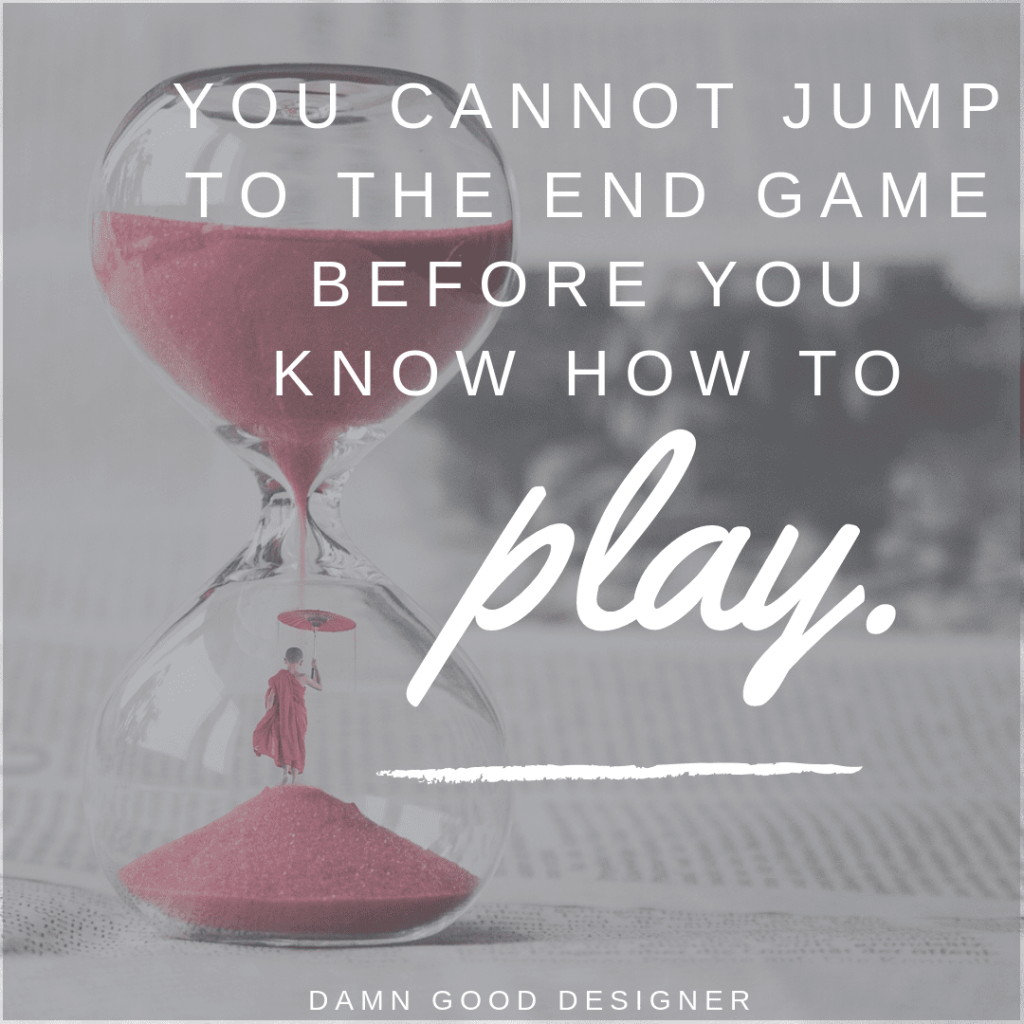
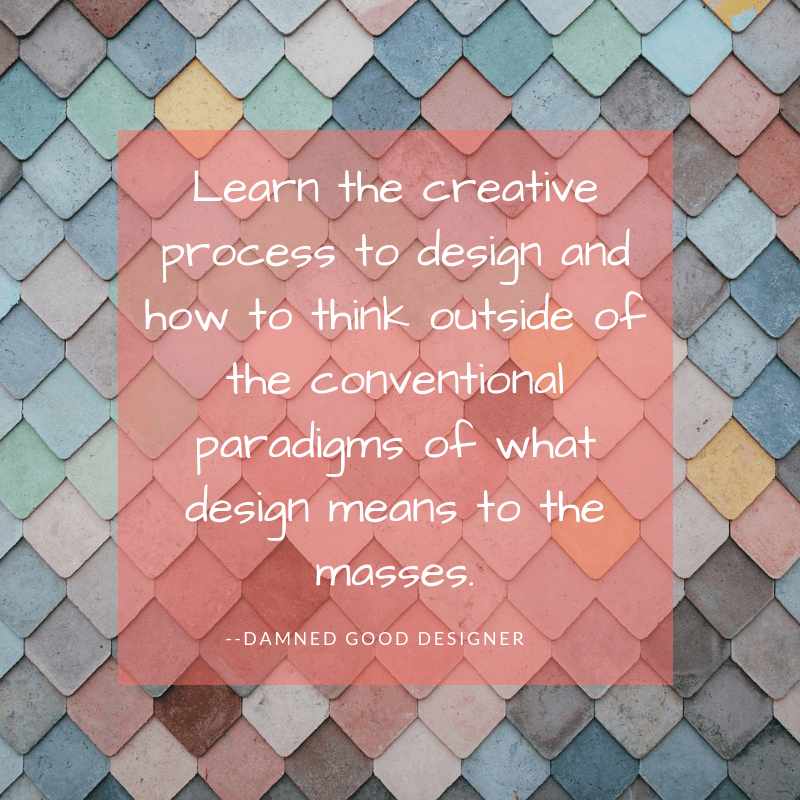
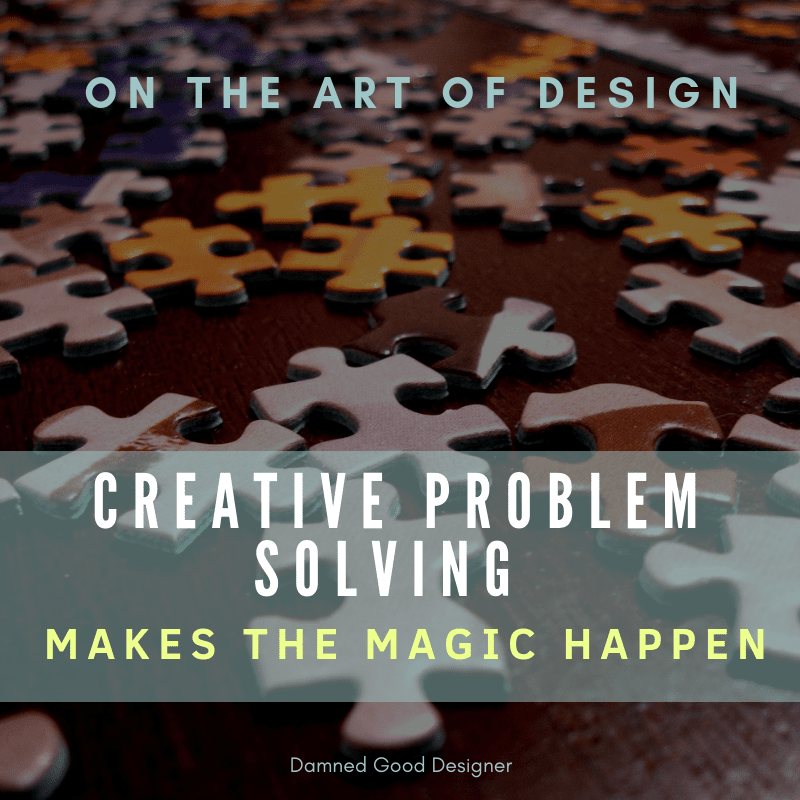


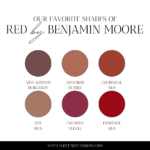

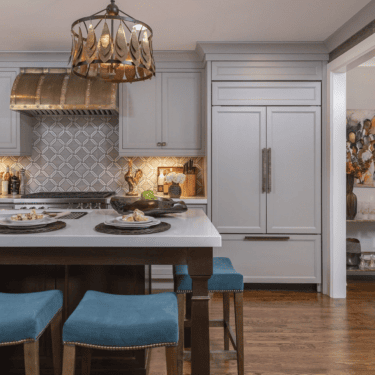

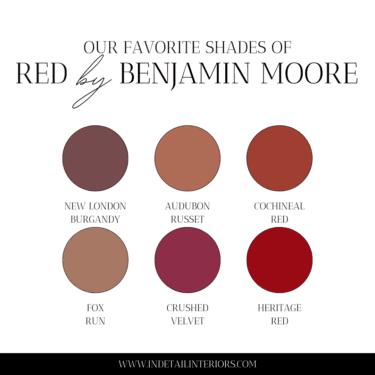
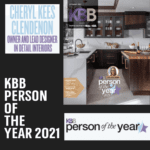



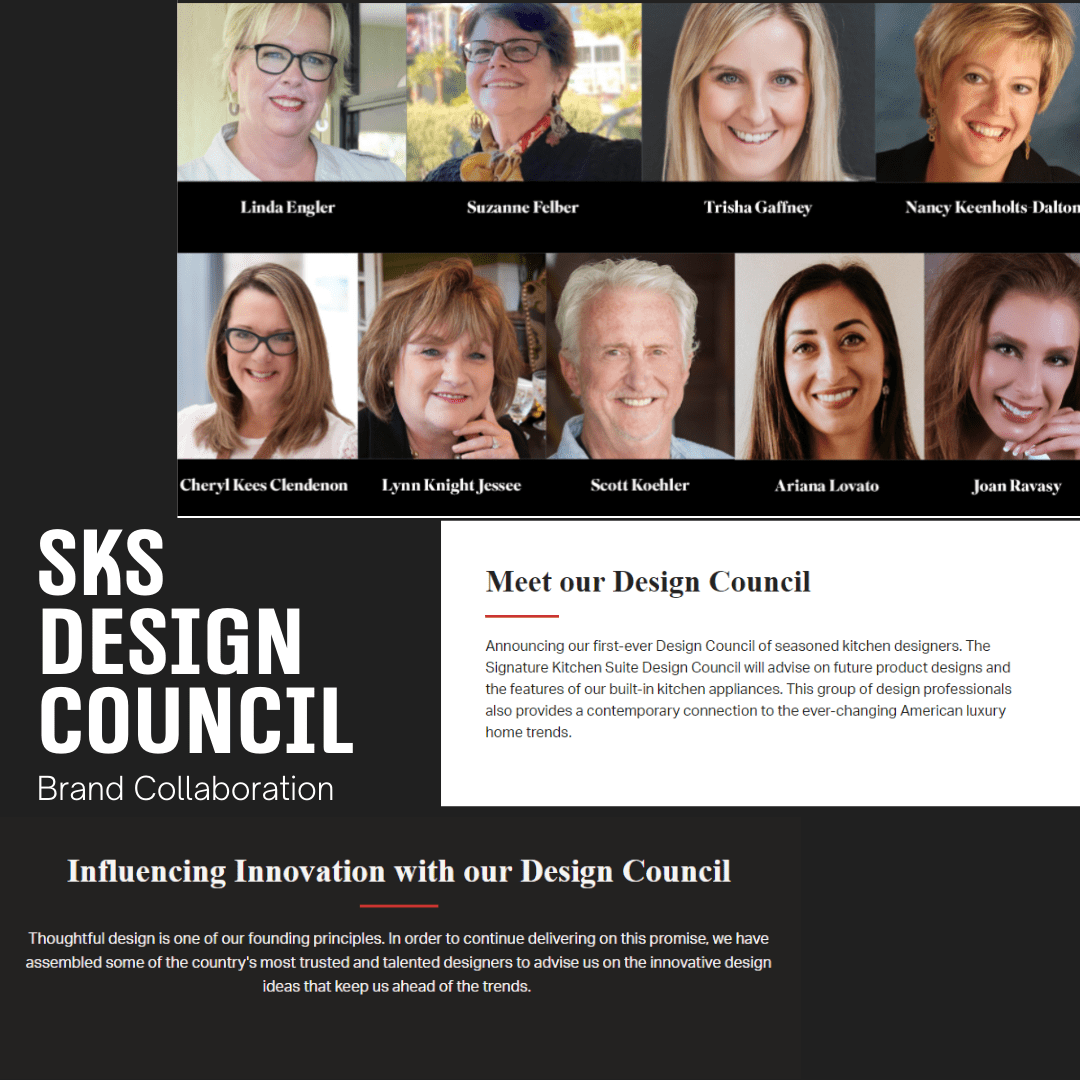

Comments
Bam.
Basically can charge IF you’re worth it. Right? You know I agree wholeheartedly.
That is the point- what you are worth is subjective to your value proposition but fear for the industry in some ways as I already have to over explain that we are not “that” kind of design team.
I’m on the same page. ????????
thanks Jeri- It is simple but profoundly needing to be said.
You know I’m with you on this. While I have minimums now, because I’m a small practice and have lots of traffic to my site and lots of really unqualified potentials, I started my biz by doing work for almost free. The first big remodel I did, which was published in a national mag, I actually lost money on. My design fee was $500. Laughable! I did it because I wanted the experience, the photos and examples of my work. I hear you!
Comments are closed.